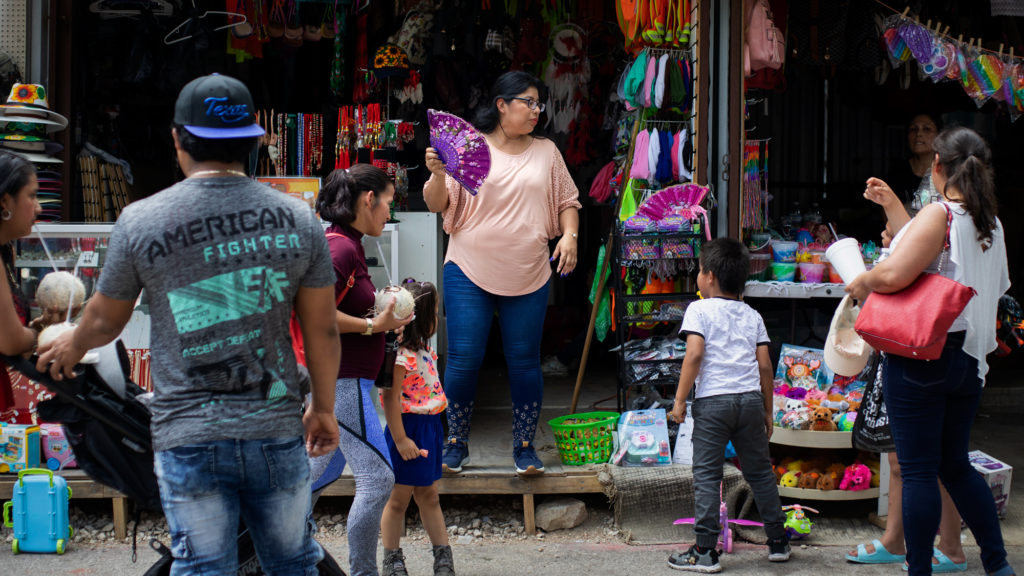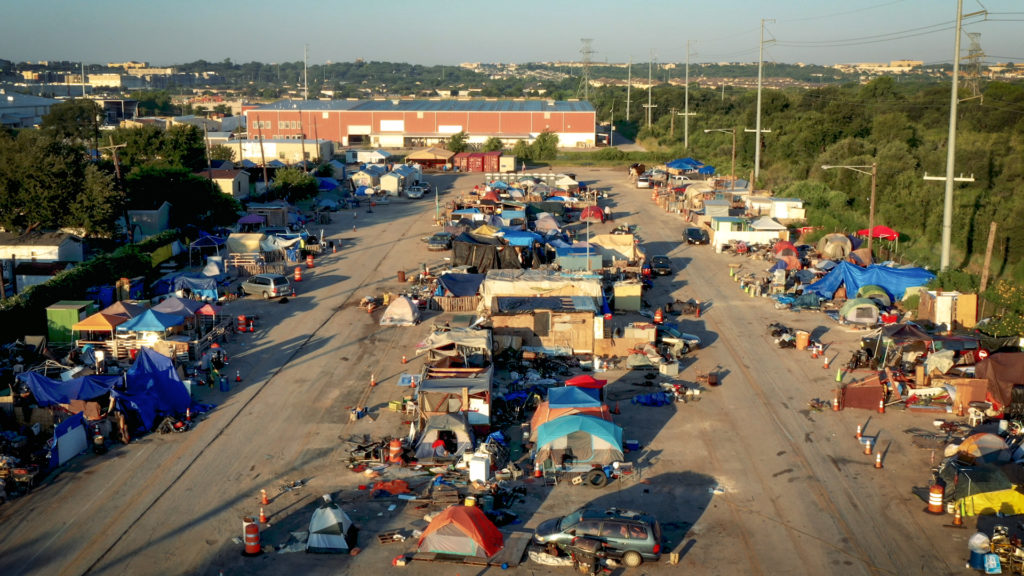Emily Levy became an activist at age 8, when she organized a petition at her elementary school so girls could wear pants to class, just like boys.
“My whole life, the thing that has bothered me most is when things aren’t fair,” Levy says. “I can trace that back to my childhood, as what motivates my work.”
After the presidential elections of 2000 and 2004, Levy began to focus her activism on fairness and security in the American voting process. It was the 2000 election, and disputed “hanging chads” in Broward County, Florida, that ushered in a new era of electronic voting, along with new concerns about the security of those systems.
“It’s always been possible to steal some votes,” Levy says, “but when votes were counted by human beings by hand, it was a few votes here and there that got stolen. You can think of it like retail theft. Now, wholesale theft is possible because of the ability to manipulate elections through the electronic voting process.”
Levy recently started her own group, called Scrutineers, which educates Americans about how they can participate in election accountability by becoming another set of “eyes and ears” monitoring the process.
“The work of Scrutineers is focused on making elections fair. It’s not focused on particular candidates getting elected,” Levy says. “There are things just about everyone can do, even if they don’t have the right to vote, to help make our elections more secure.”
One of those things is recording poll tapes — the receipts printed by vote-counting machines shortly after polls close on election night. Poll tapes show how many ballots were cast at a given voting location and how the votes are distributed for each race on the ballot. In many states, supervisors at polling locations are required by law to physically post poll tapes for public view.
Because these receipts contain the earliest available record of vote tallies, they can be used as a check against official county totals, which are usually announced late on election night or in the days following an election. In this way, poll tapes can affirm that vote tallies remain unchanged throughout the process. Or, if tallies differ over time, those discrepancies can be explained or addressed.
“A single poll tape showing a discrepancy between the original vote count and the later official vote count is itself a reason for further investigation,” Levy says, “and that investigation might turn up all kinds of things in the county where the poll tape was photographed.”
Levy points to a 2015 case in Shelby County, Tennessee, where a single poll tape proved pivotal in a predominantly Black, Democratic-leaning community where many local elected officials were, for many years, White Republicans.
A software developer in the area recorded a poll tape from a voting location at Unity Christian Church in Memphis, home to a predominantly Black congregation. The poll tape listed 546 ballots cast, but official results from the county listed 330 votes at the church, meaning 40 percent of the ballots from that location were somehow unaccounted for in the final tally.
“That poll tape was the only evidence the judge needed in that case,” Levy says. Court proceedings followed, along with public pressure, which led to the resignation of an election official in Shelby County. Since then, the local elected officials better reflect the demographics of the area.
Scrutineers and other groups around the country are training volunteers to effectively record poll tapes in their area using cell phones. The group’s training sessions encourage participants to record slowly, carry an additional light source, keep the tape in the frame — anything to ensure the recordings are legible, so they can be used as evidence if needed.
The goal is for volunteers across the country to upload recordings to crowdsourced databases that give election watchers nationwide a stronger data set to check against official election results. This network of election watchers also includes lawyers who can file injunctions and litigate cases if discrepancies are found.
“That’s why it’s important not only to take the photographs, but to share them with one of the organizations that are collecting images from around the country,” Levy says.
Scrutineers also functions as a portal to connect people to such groups, which have grown in number since the 2016 election, as more people begin to focus on the part of the process that unfolds after votes are cast.
“In the time I’ve been doing this work, it has been very, very difficult to get groups that are focused on voting rights to pay any attention to election security,” Levy says. “What we’ve been told is that we don’t want to talk about the vulnerabilities because then people won’t trust the system and won’t vote. There have been places where we thought we would have natural allies. That has not been true in the past, but this year we’re seeing that change.”
Some of the groups doing this work, such as Transparent Elections NC, focus on a particular geographic region, while others have developed phone apps for the sole purpose of recording poll tapes. The ActualVote app by Democracy Counts automatically adds GPS location data and time-stamp information to recordings when they’re uploaded, so more data can be gathered without creating additional work for volunteers.
While Levy worries this election may be more vulnerable than those in the past, she’s heartened by the growing interest in the lesser-known and more complicated process that unfolds after votes are cast.
“On November 3rd, when the polls close and you turn on the TV and the newscaster says, ‘It’s all over but the counting’ — that’s not true,” Levy says. “There’s still a lot of work to be done. Feeling like we actually have some traction this time is so delightful. With all the challenges of this election, that part makes me happy.”




